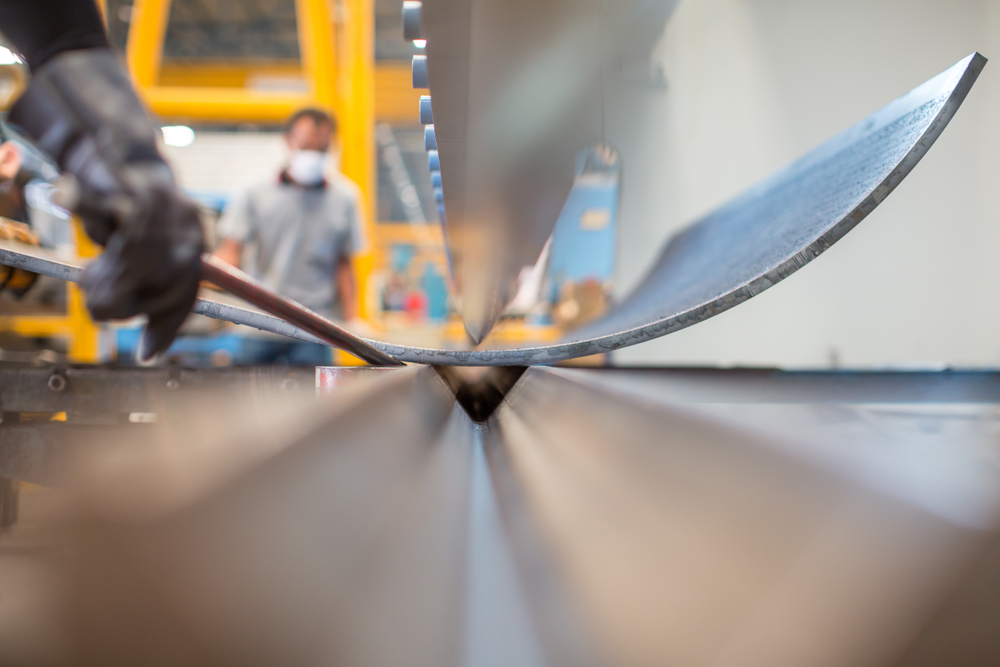Menu
Shearing is the process in the metal fabrication industry to trim and remove unwanted material from sheet metal quickly and effectively. It is a common practice to precisely cut metal sheets, plates, and tubes to required specifications. The shearing process may lead to several defects, but it is still the popular option used to achieve cleaner cut and straighter edges. It also produces minimal or no kerf and allows you to cut small lengths of material at a time without forming chips, burning or melting the material.

Common Shearing Mistakes
Deformed Edges: Edge deformity of one of the common metal shearing defects caused due to incorrect blade shear gap, damaged blades, or inappropriate down pressures. To prevent such faults, operators should ensure to set the blade gap properly as per the specification of the metal being cut, whilst also confirming that the clamps are holding the material correctly in place. Additionally, it is imperative to check the sharpness of the blade.
Twisting: One of the reasons behind this metal shearing fault is twisting the plate along its axis, which results in twisting the pieces into scrolls or spins. Excessive rake angle also leads to twisting. To avoid such mistakes, operators must adjust the rake angle as per the sheet metal geometry, material characteristics, and cutting parameters.
Bowing: If you observe a work piece with edges slightly rising from the plane, this may be due to improper metal shearing. It is one of the common metal shearing faults termed as bowing. Long thin, narrow strips of metals are more prone to down bowing. To reduce this effect, it is recommended to reduce the rake angle to the minimum, whilst holding the sheet metal with a back support.
Cambering: Cambering happens when there is a variation of sheet thickness along with its width. This defect happens when the work piece moves horizontally with no twist, resulting in convex, concave and triangular shaped material. Being one of the common shearing mistakes, operators try to minimize it at the early stage by shifting the grain directions of materials and by adjusting the rake angle of the work piece.
Avoiding Shearing Defects
Know your Machine: Operators must spend time in understanding the function, design and the operation prior to using the machine. Read the user guide carefully and know the maximum allowed capacity and warning signals. Ensure to safeguard the machine with proper lubrication and fluids as recommended by the manufacturer.
Inspect Regularly: Sheet metal shearing machines are subjected to rugged. To prevent downtime, performing a periodic inspection is a must. Check the machine closely for any damage, wear, and lack of lubrication. Ensure that the safety mechanism is properly in place to avoid unforeseen accidents. Documenting such inspection is also mandatory for two major reasons; to prepare a preventive maintenance plan and to initiate immediate repairs.
Check the Blades: A key to optimum shear quality is setting the blade properly as per the specifications of the work piece. Ensure to inspect the blade for its sharpness and clearance before the starting each shearing process.
Immediate Repairs: Do not run the machine in case you find any unusual working pattern. Stop and examine the machine immediately. Perform troubleshooting if they are minor; or call in an expert quickly to prevent a disastrous failure.
Manufacturing Solutions has a variety of Shears in stock to suit your Company’s needs. Give us a call, we’re here to help!
